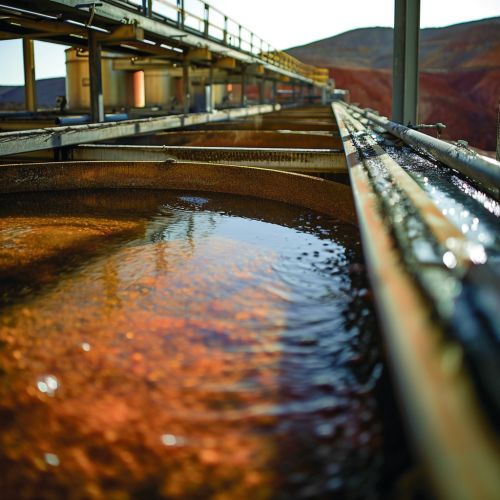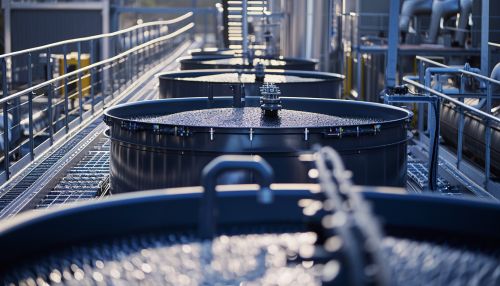Biomining
Introduction
Biomining is a technique of extracting metals from ores and other solid materials typically using prokaryotes or fungi. These organisms secrete different organic compounds that chelate metals from the environment and bring it back to the cell where they are typically used to coordinate electrons. It was discovered in the mid 1900s that microorganisms use metals in the cell. Some of these species include the bacteria Cupriavidus metallidurans and the archaeon Ferroplasma acidarmanus. These organisms represent the first line of defense for the planet from the toxic effects of metals.
History
Biomining is an idea that’s been around since the mid 19th century, but it wasn’t until the mid 20th century that it became a practical process. The first patent for a microbial process to extract metals was issued to a British scientist named Derek Lovley in 1947. However, the process didn’t become commercially viable until the 1970s, when the price of gold began to rise and the mining industry began to look for alternative ways to extract the precious metal. The first commercial bioleaching plant was established in 1973 in South Dakota, USA.
Process
The process of biomining involves several steps, including ore concentration, bioleaching, metal solubilization, and metal recovery. The ore is first crushed and then mixed with water to create a slurry. This slurry is then inoculated with the appropriate microorganisms, which begin to break down the ore and release the metals. The metals are then solubilized and can be recovered through various methods, including precipitation, ion exchange, and solvent extraction.


Applications
Biomining has been used to extract metals such as gold, copper, uranium, and cobalt. It has also been used to treat mine waste and to recover valuable metals from industrial wastewater. The process is particularly useful for extracting metals from low-grade ores, which would not be economically viable to mine using traditional methods. Biomining is also a more environmentally friendly method of extraction, as it does not require the use of harmful chemicals.
Advantages and Disadvantages
Like any other technology, biomining has its advantages and disadvantages. On the positive side, it is a cost-effective and environmentally friendly way to extract metals from low-grade ores. It also has the potential to recover valuable metals from industrial waste. On the downside, the process can be slow, and the amount of metal that can be extracted is limited by the concentration of the ore.
Future of Biomining
The future of biomining looks promising, with new technologies and techniques being developed to improve the efficiency and effectiveness of the process. One area of research is the development of genetically engineered microorganisms that can tolerate higher concentrations of metals and can extract metals more efficiently. Another area of research is the development of new bioleaching methods that can extract metals from a wider range of ores.
See Also
References
1. Rawlings, D.E.; Johnson, D.B. (2007). "The microbiology of biomining: development and optimization of mineral-oxidizing microbial consortia". Microbiology. 153 (2): 315–324. doi:10.1099/mic.0.2006/001206-0. 2. Johnson, D.B. (2014). "Biomining–biotechnologies for extracting and recovering metals from ores and waste materials". Current Opinion in Biotechnology. 30: 24–31. doi:10.1016/j.copbio.2014.04.008.
